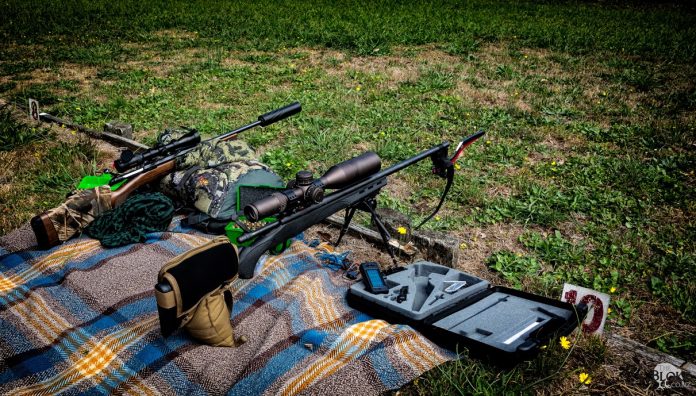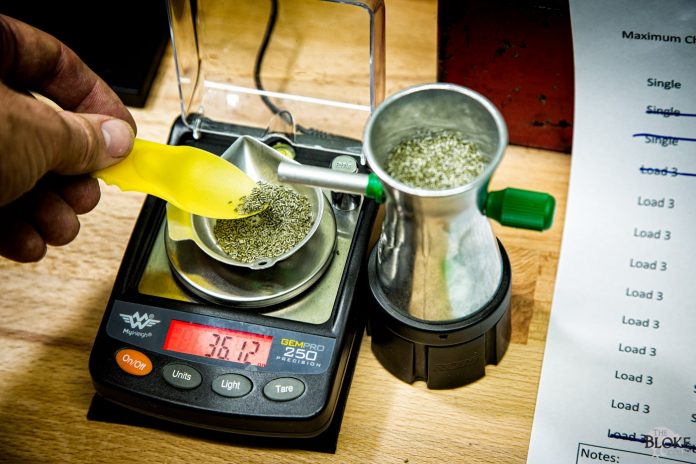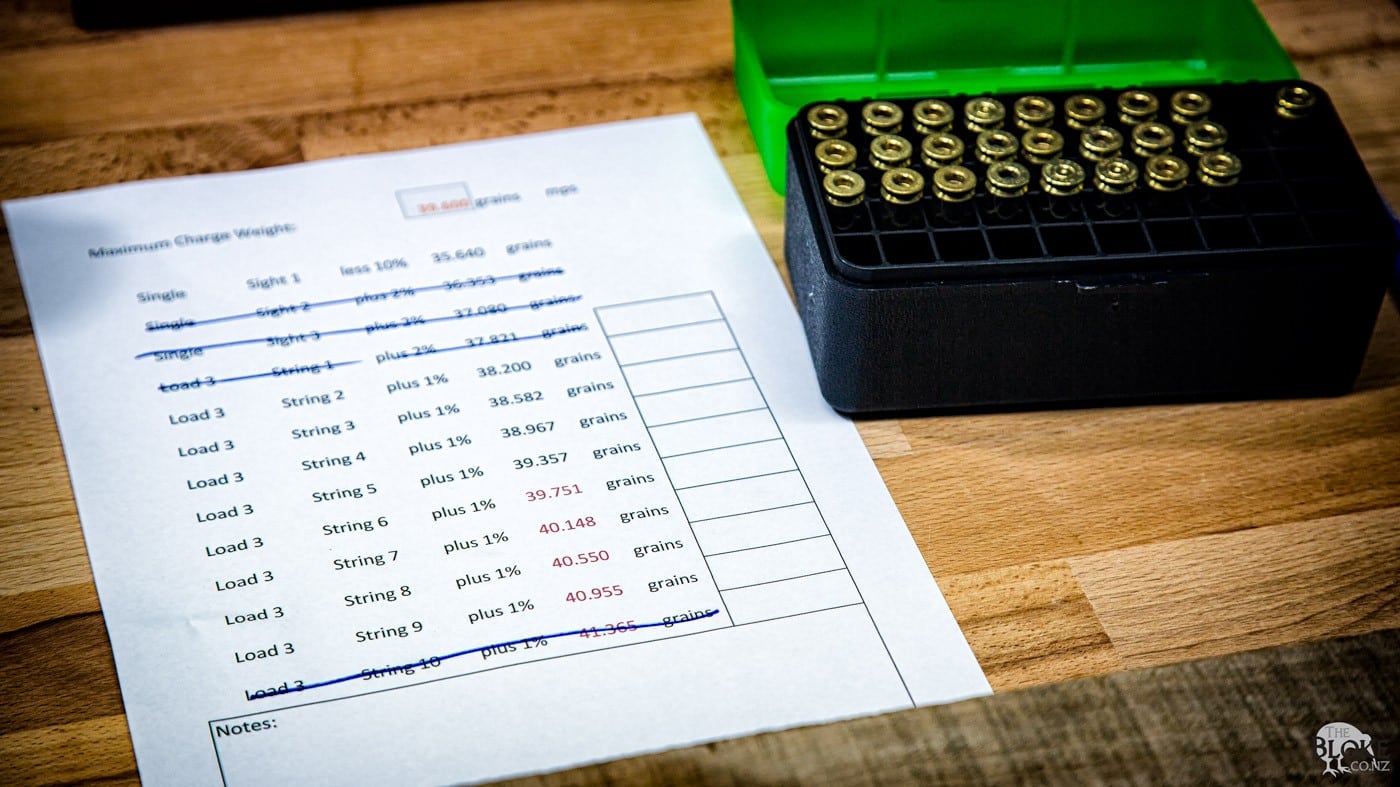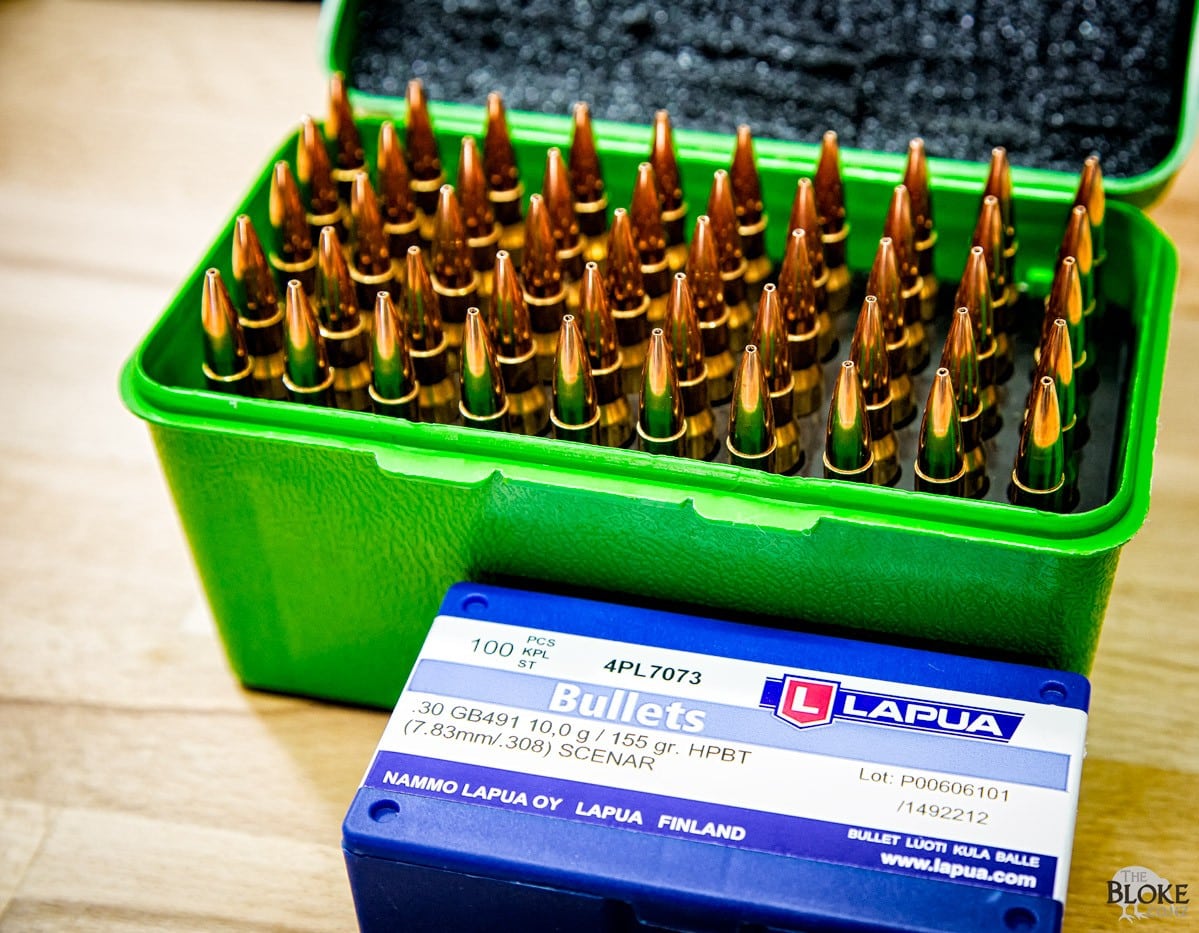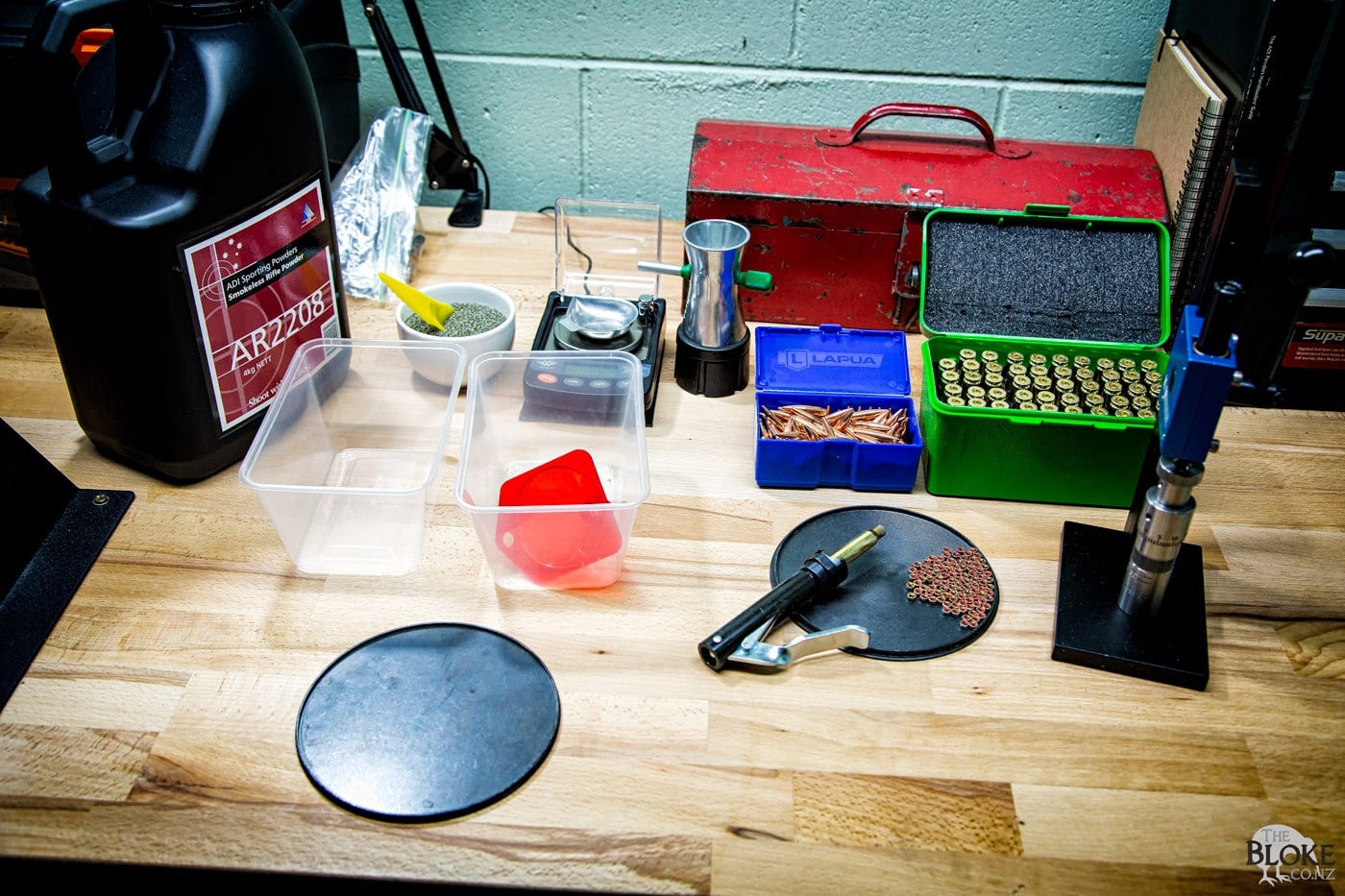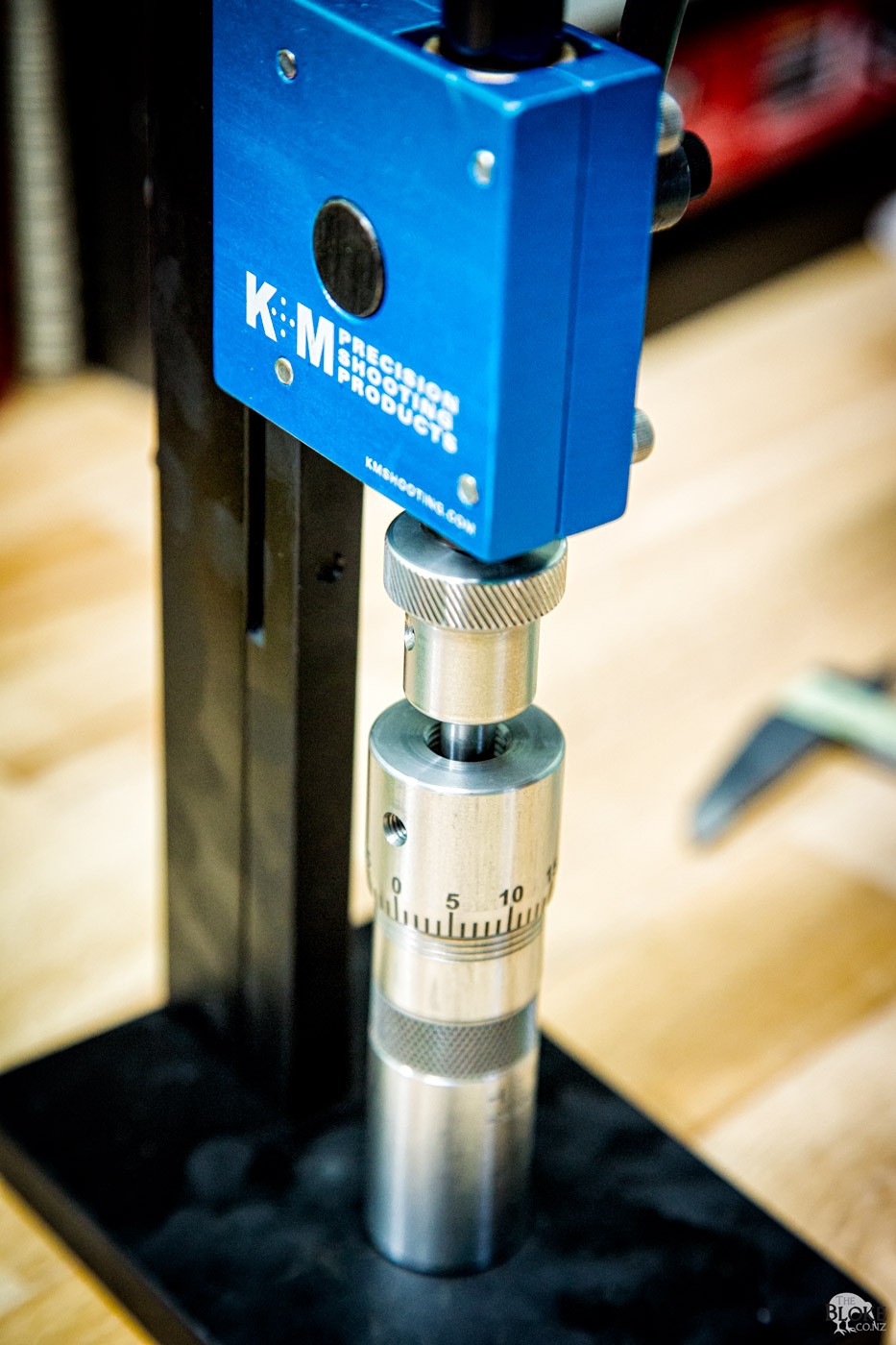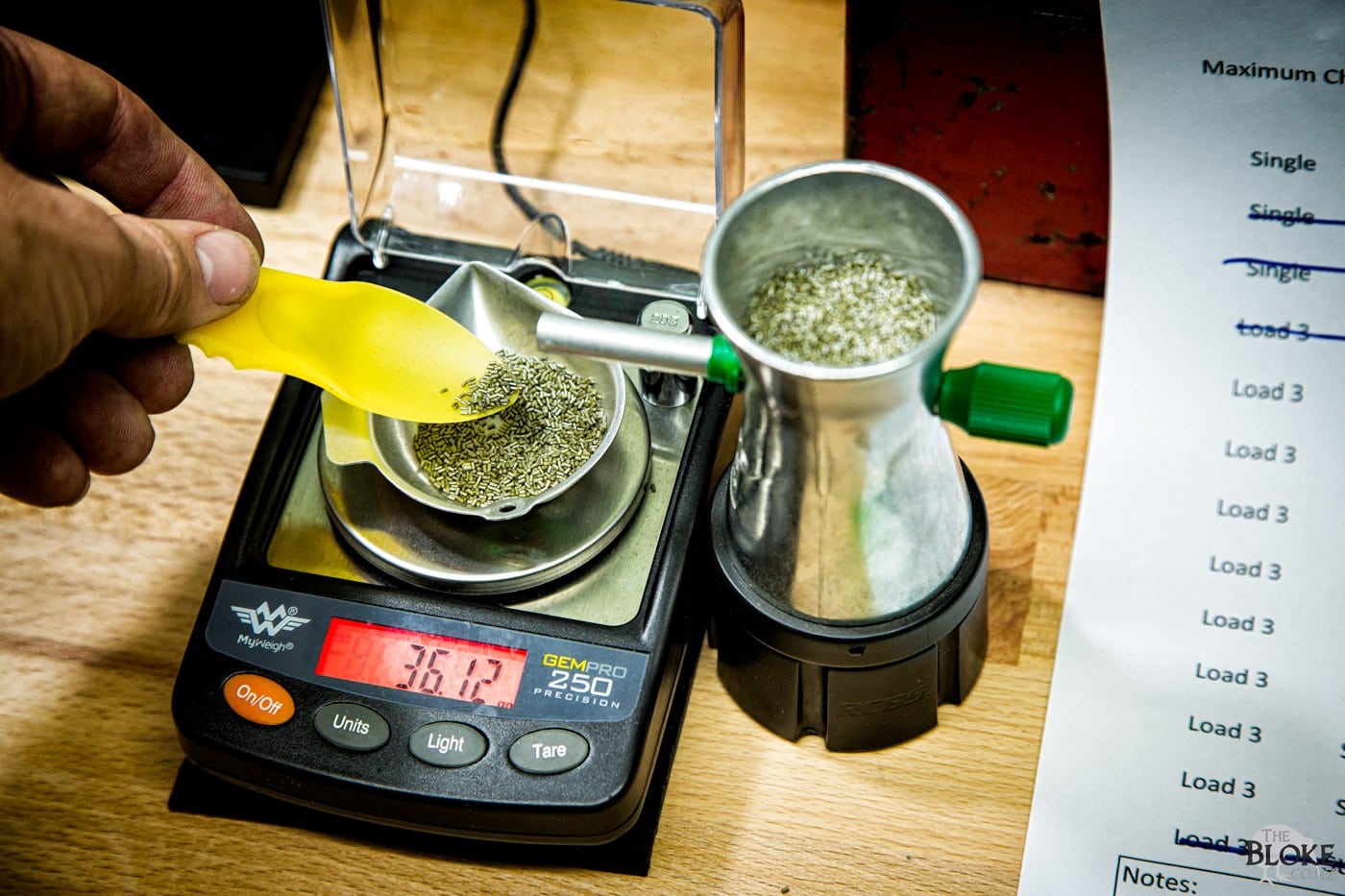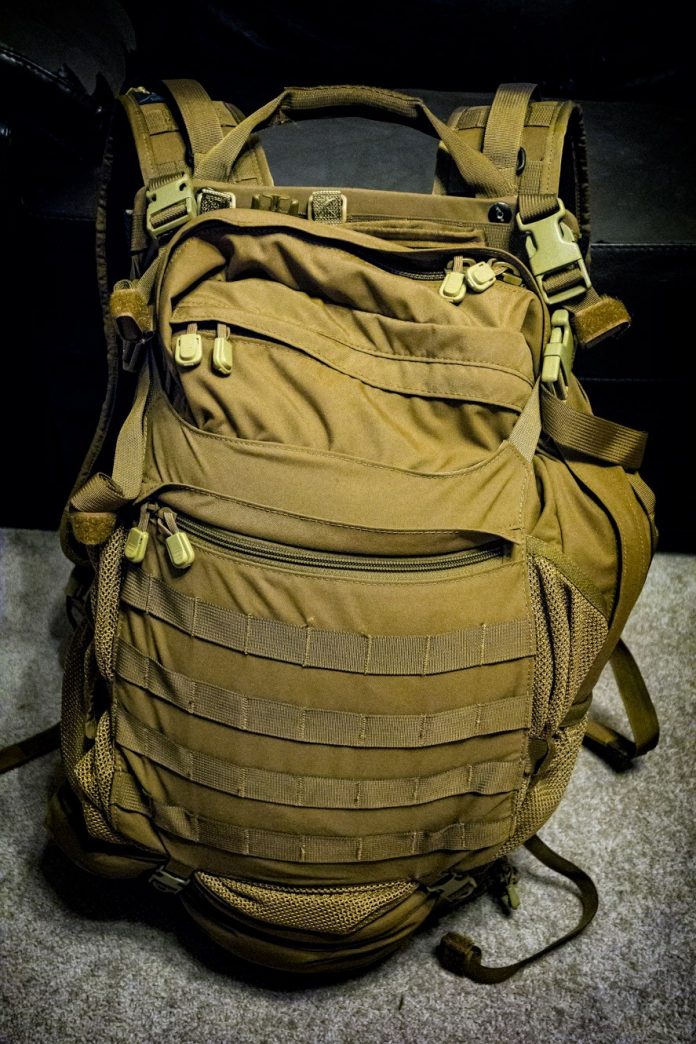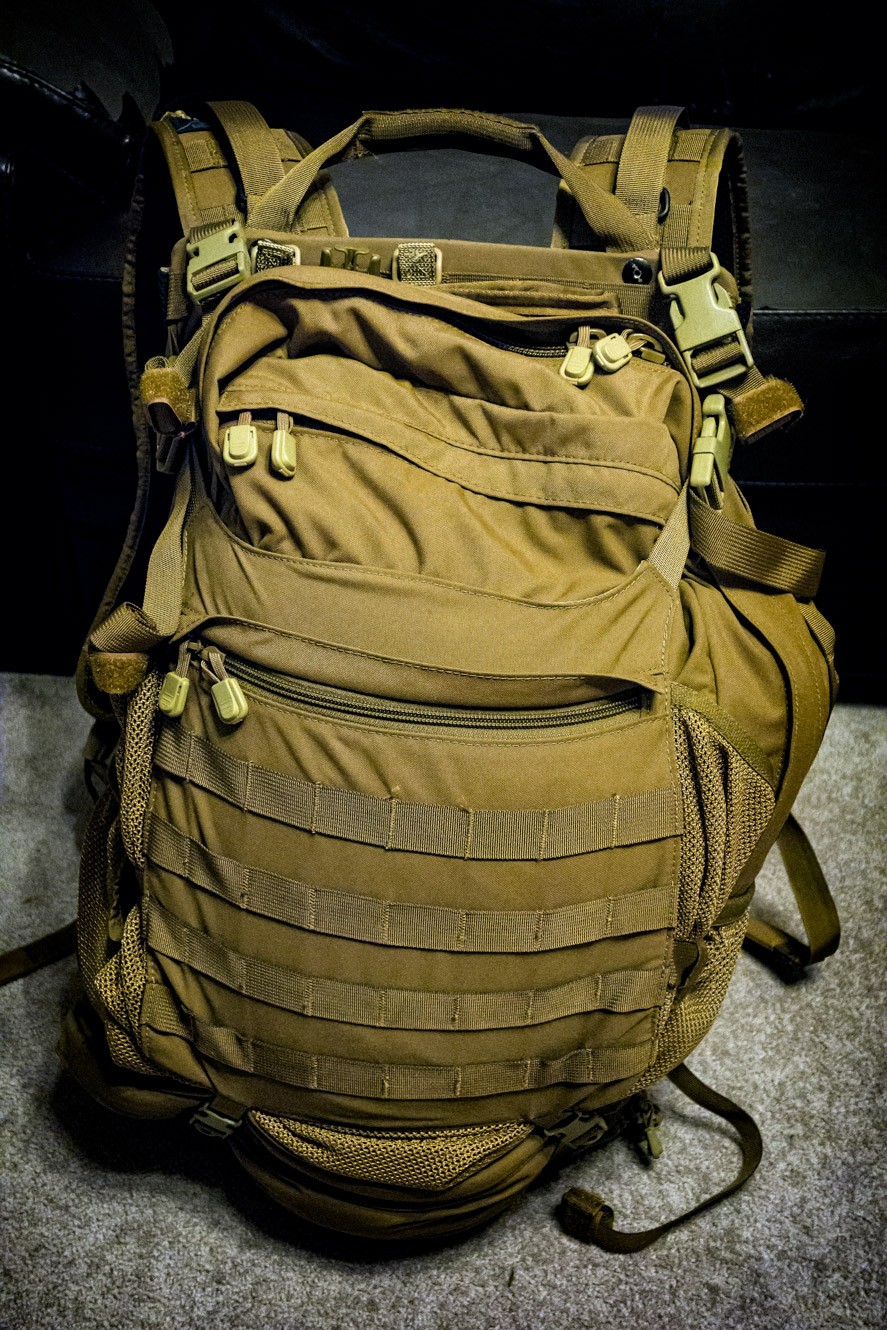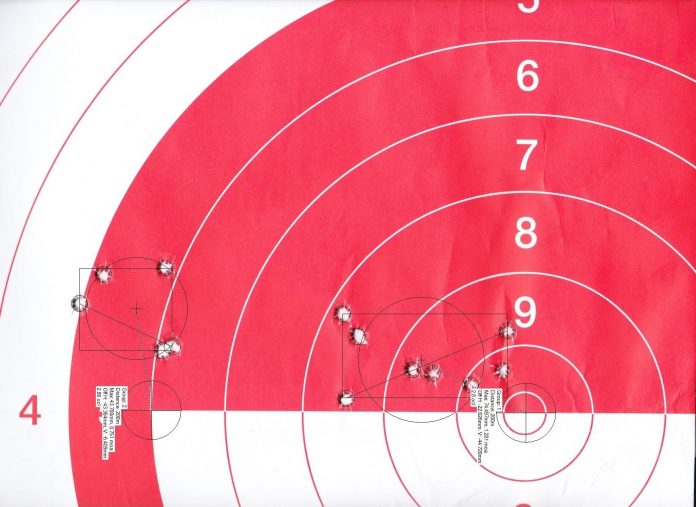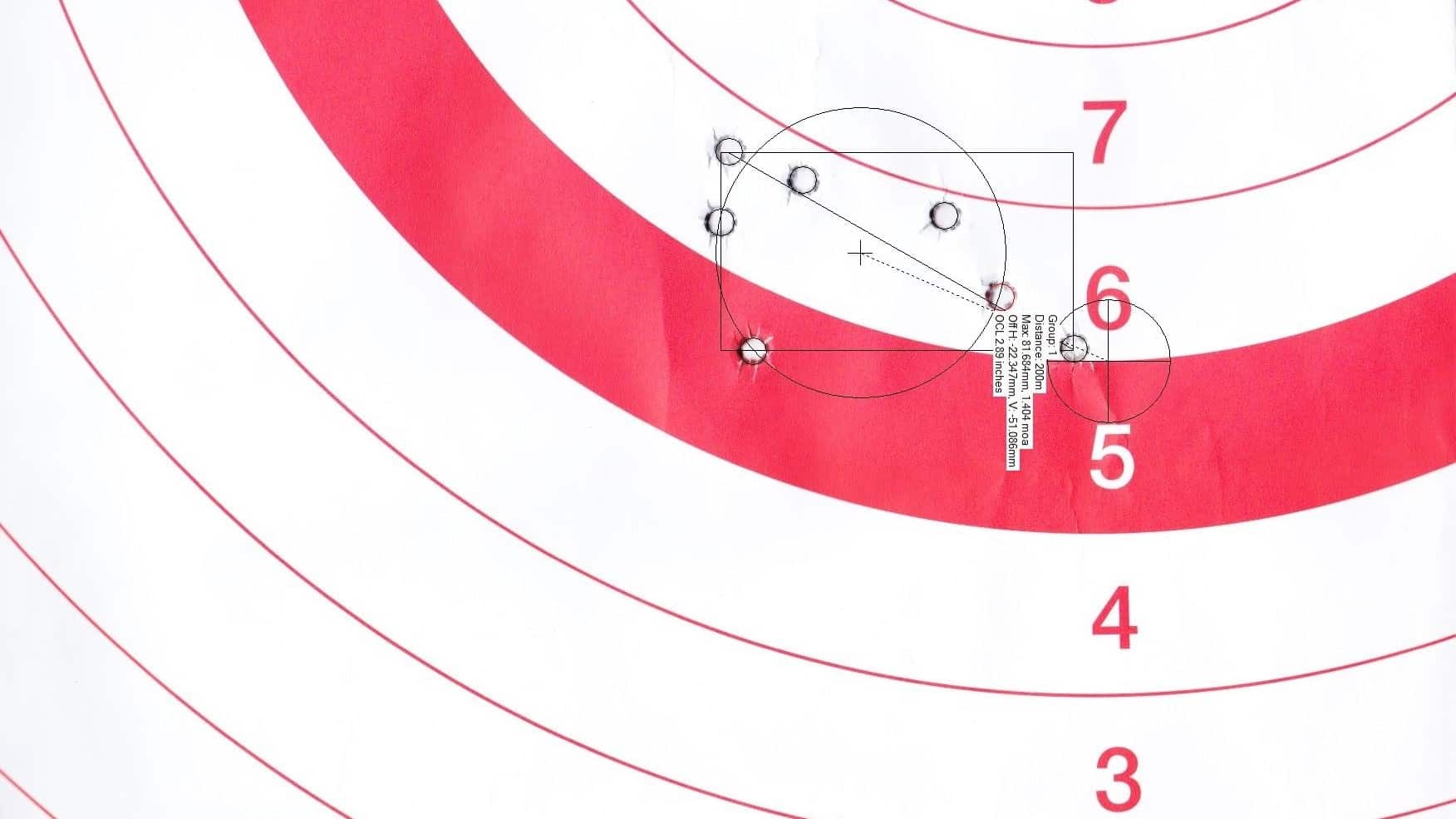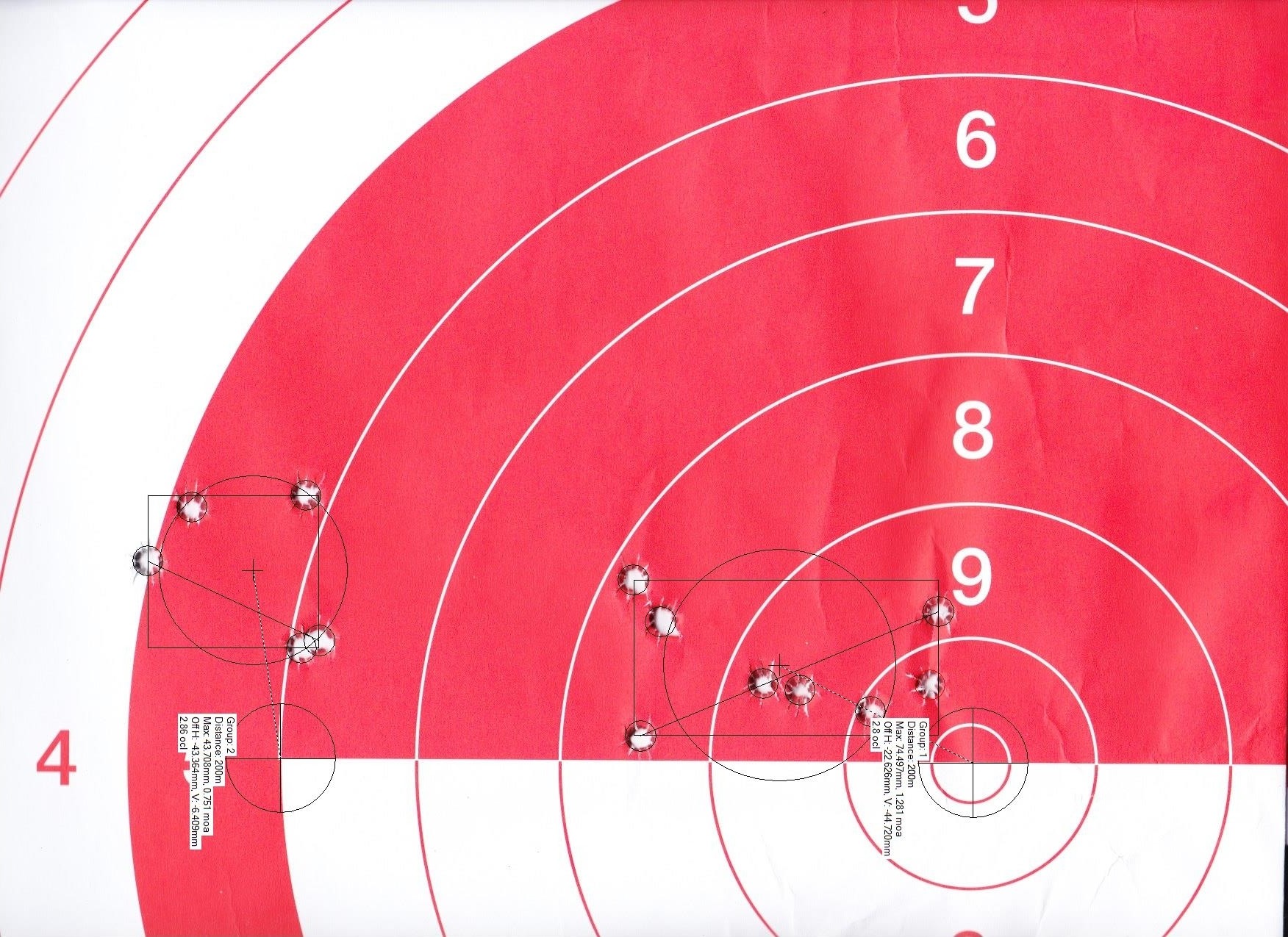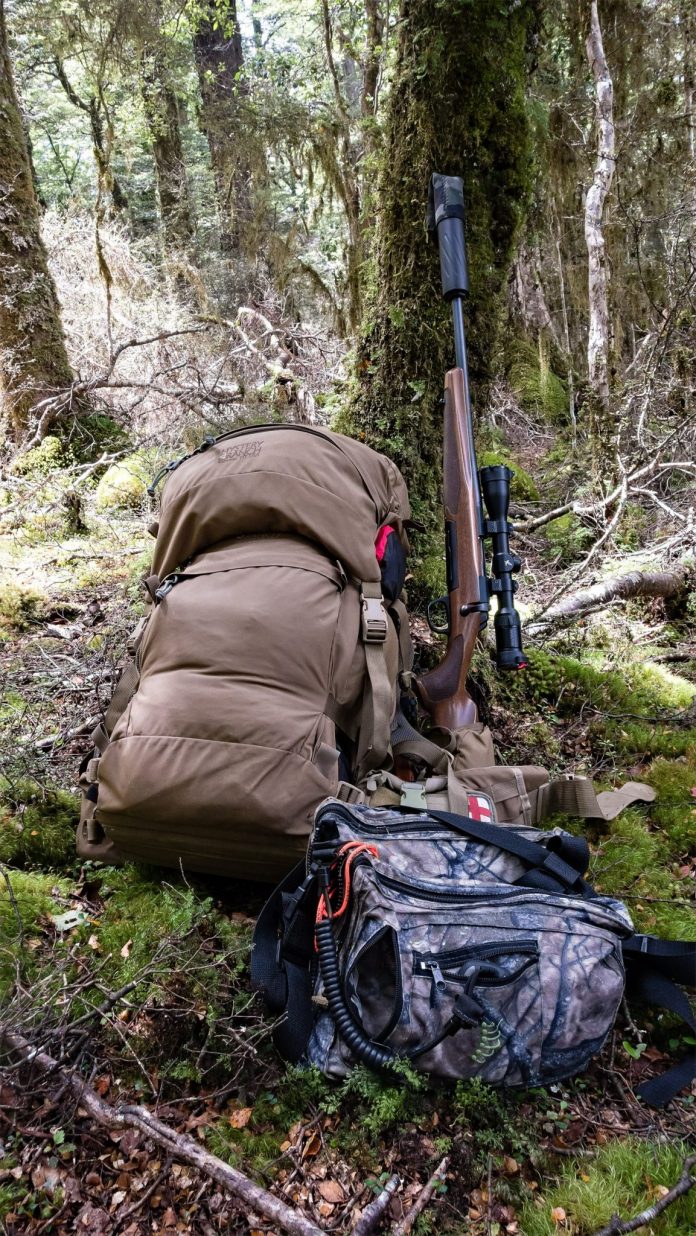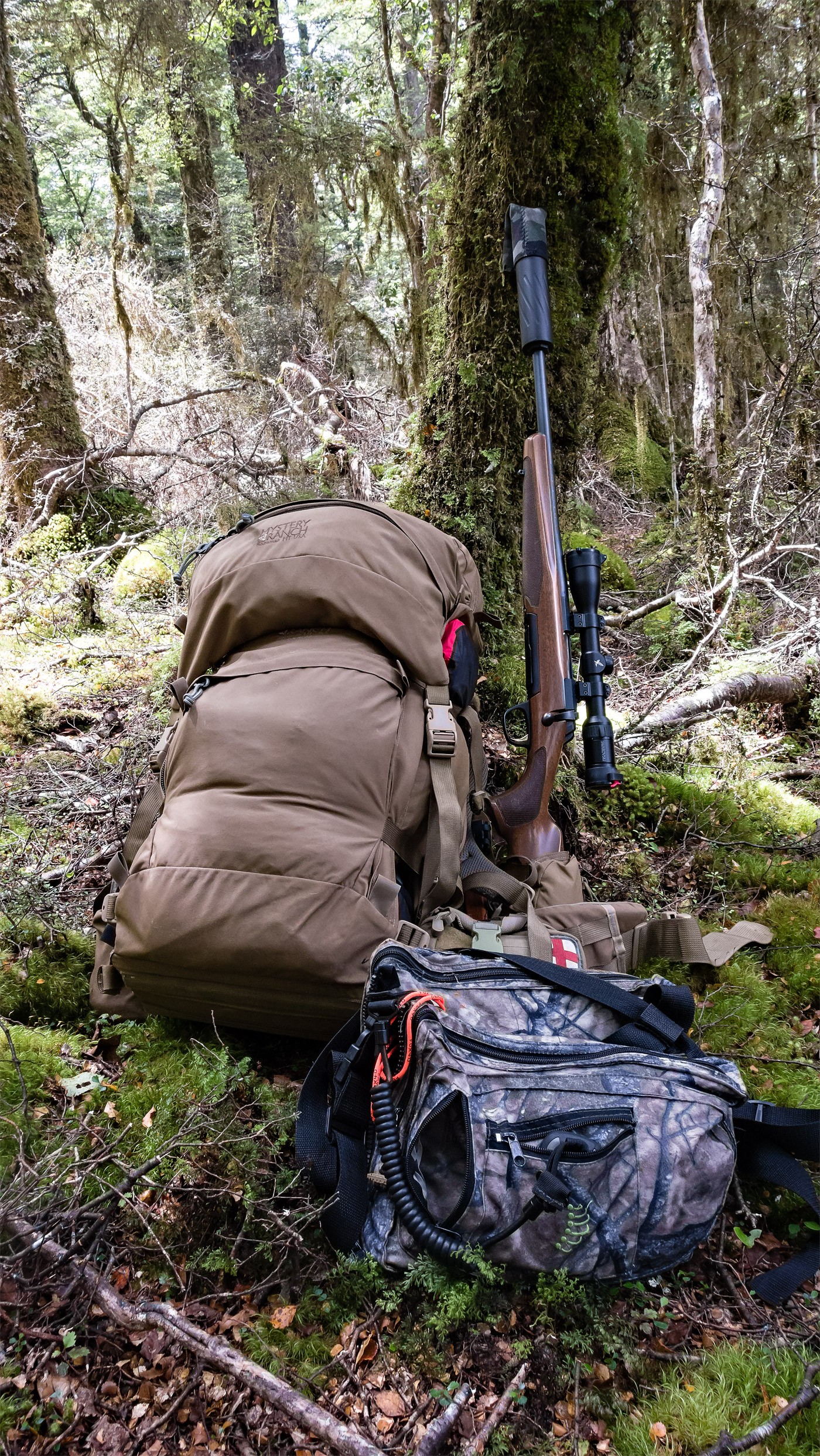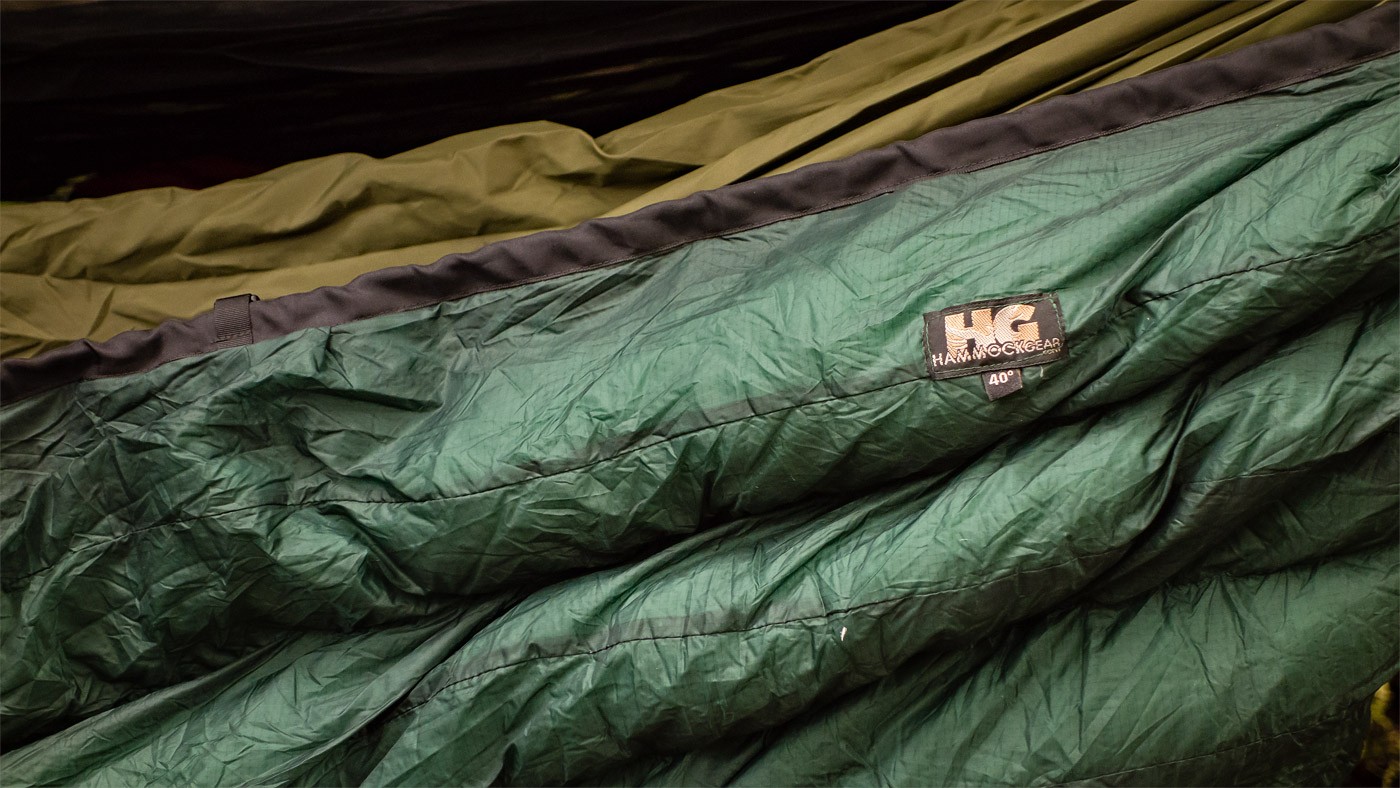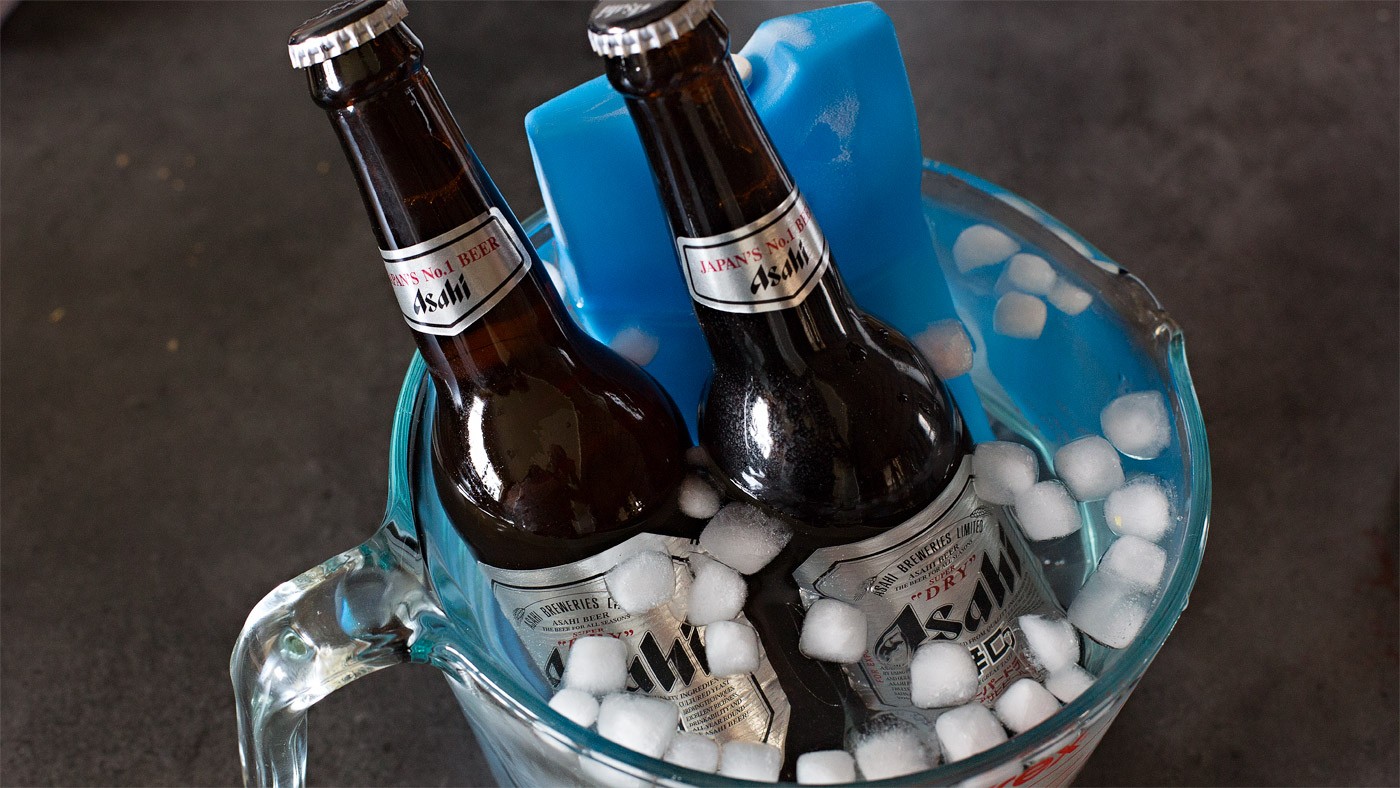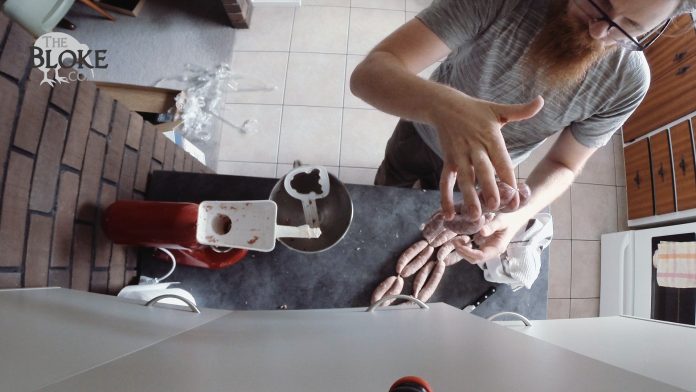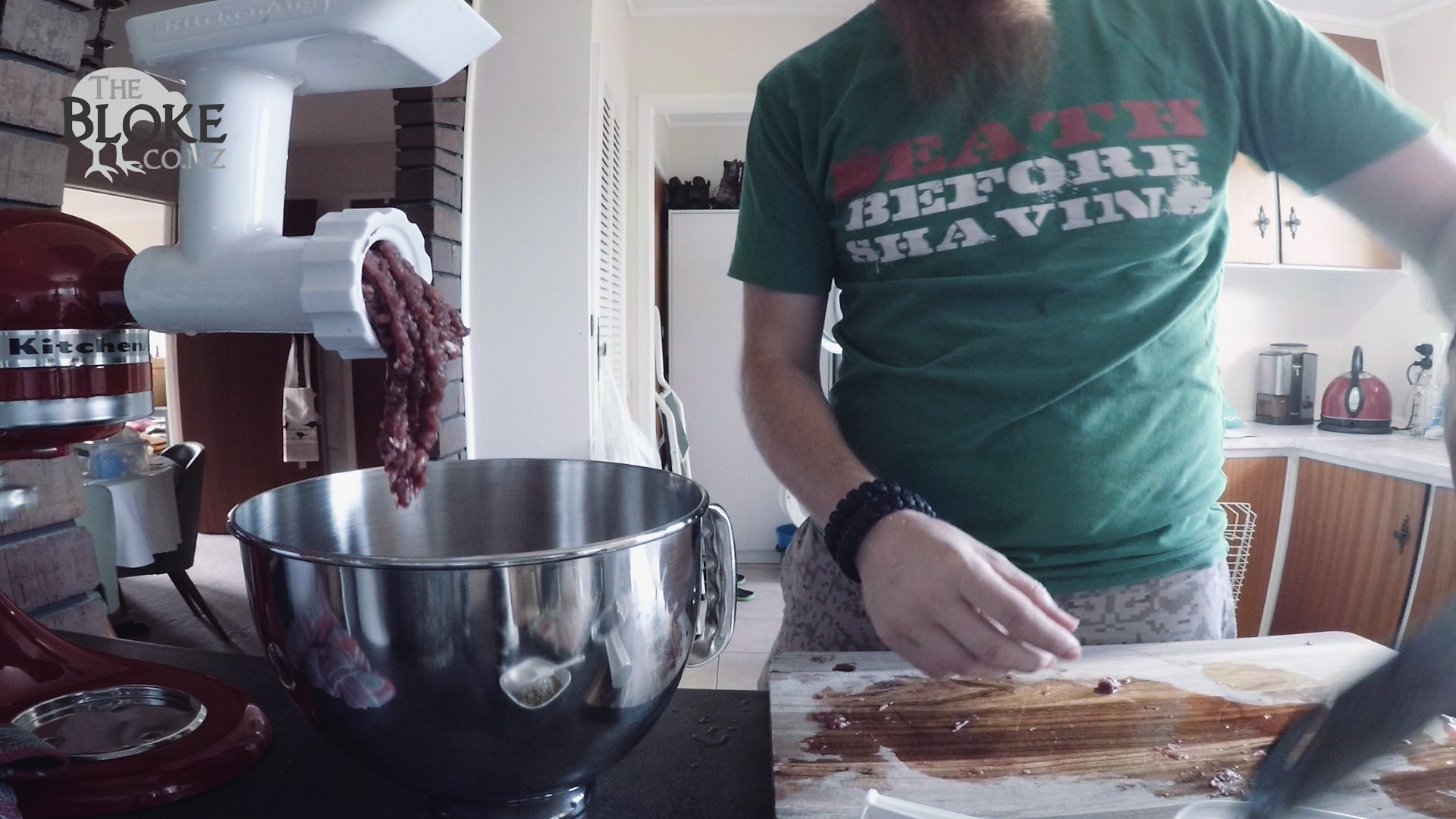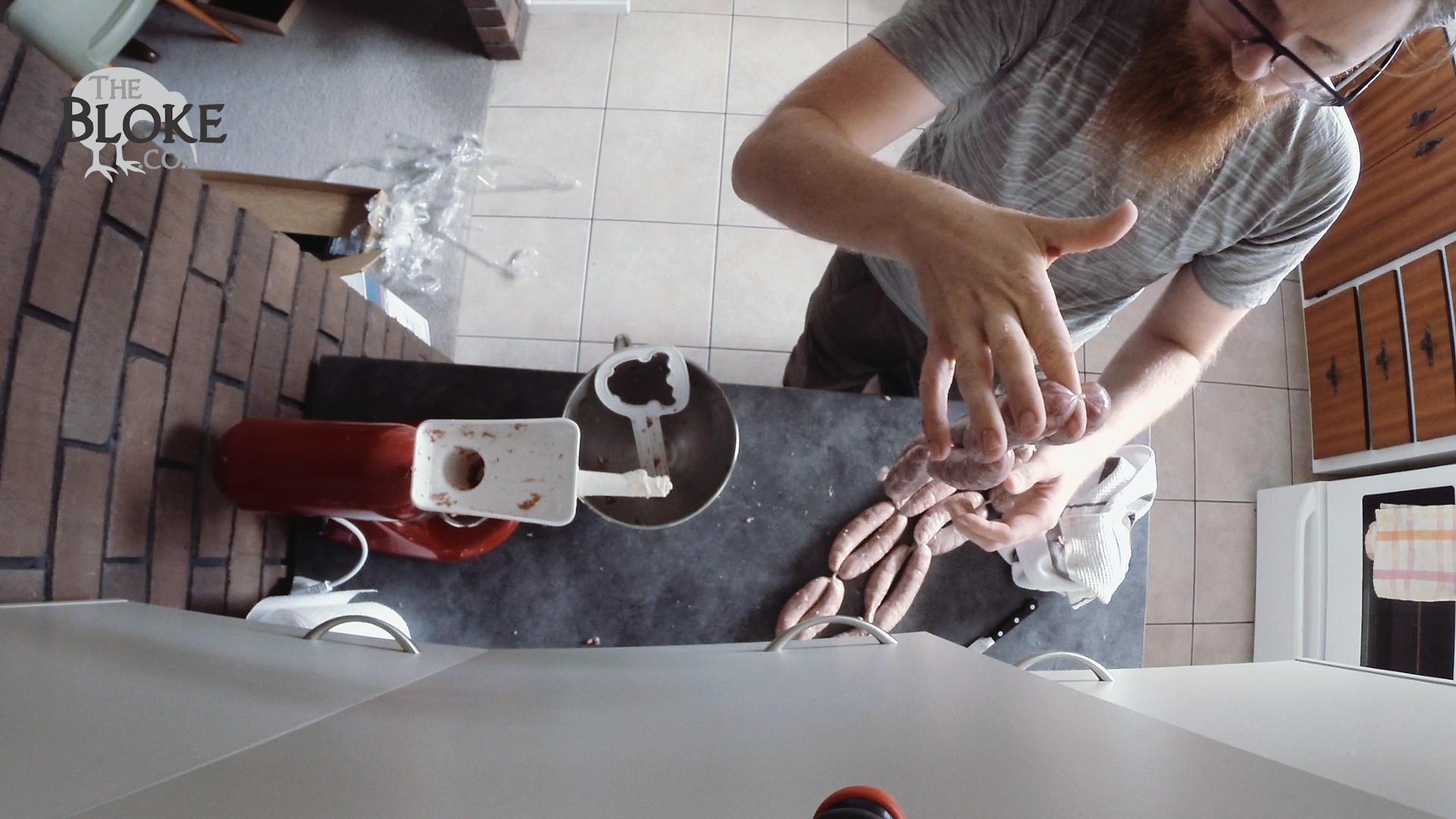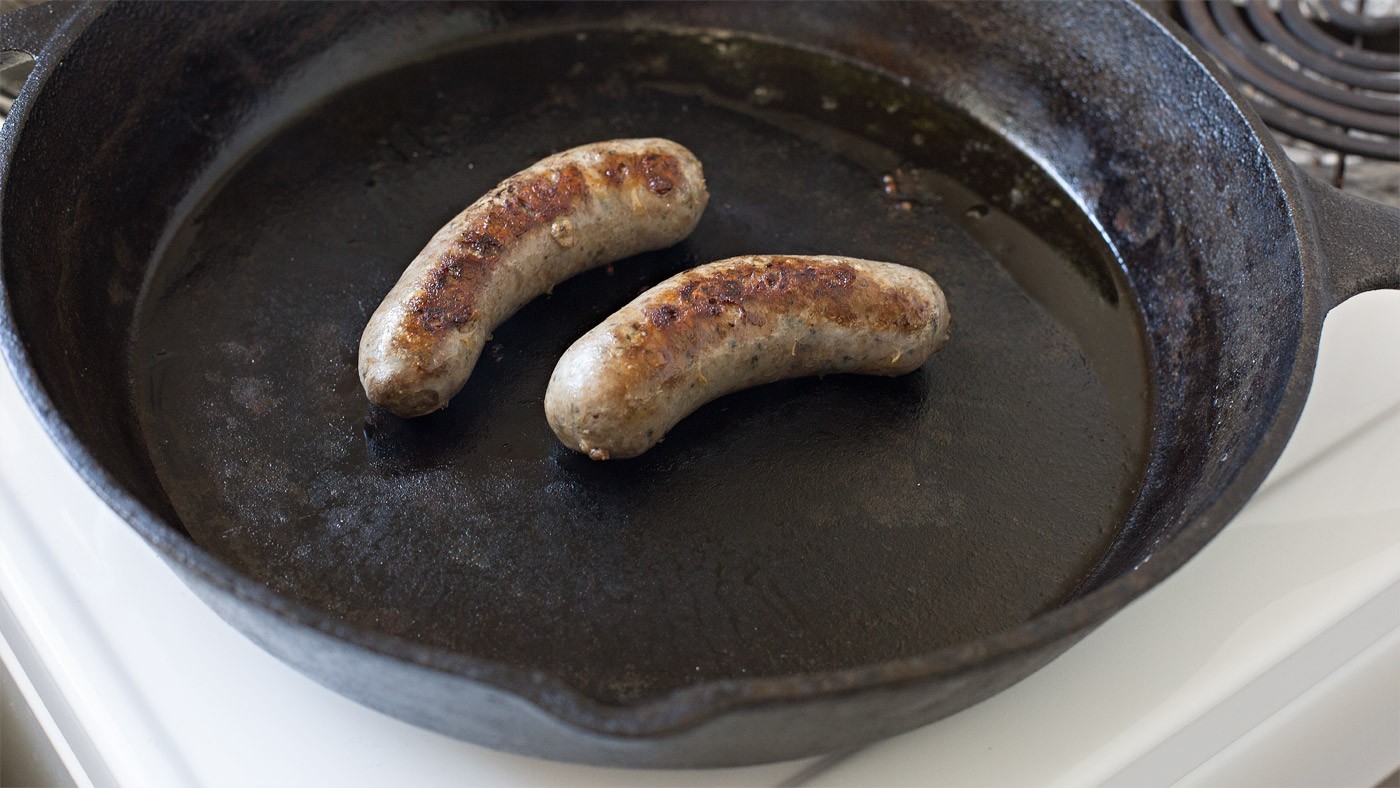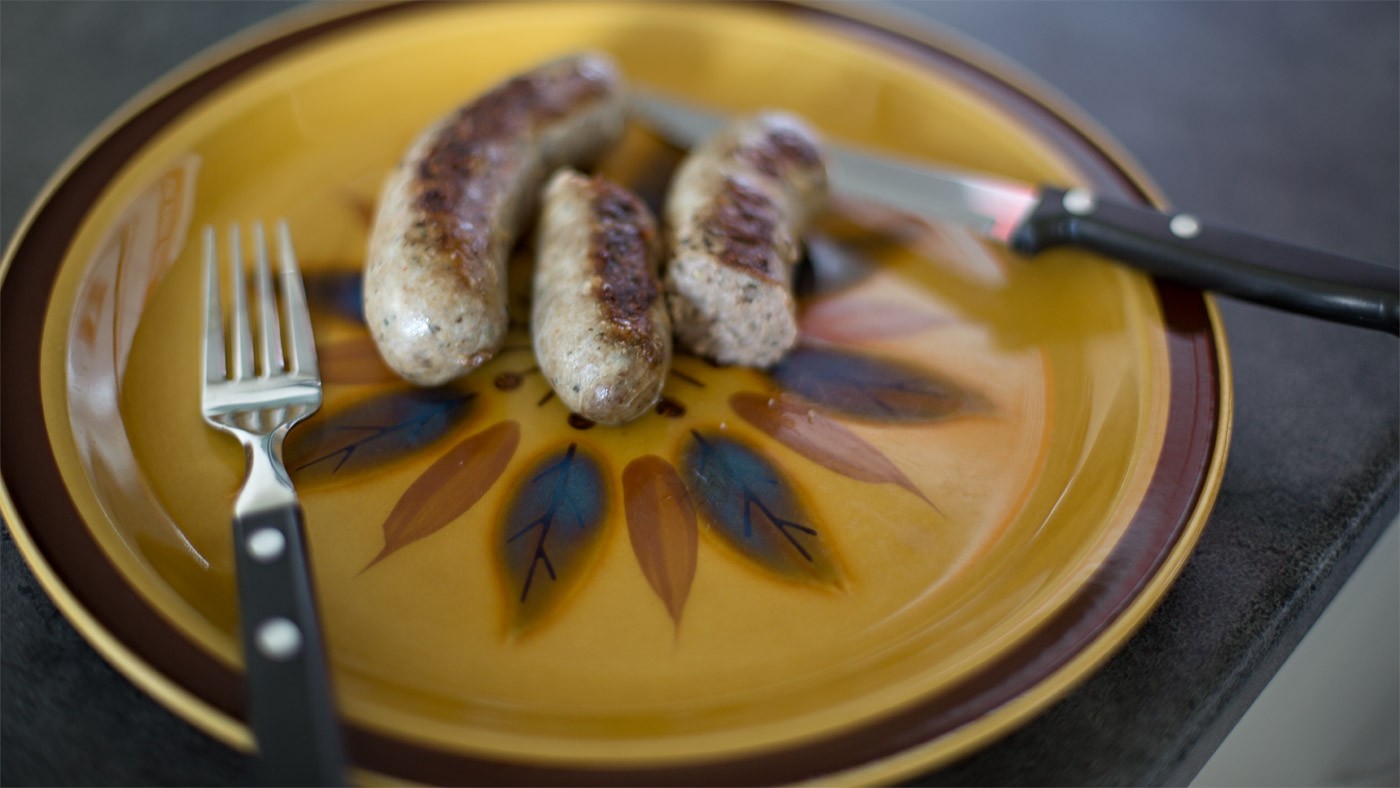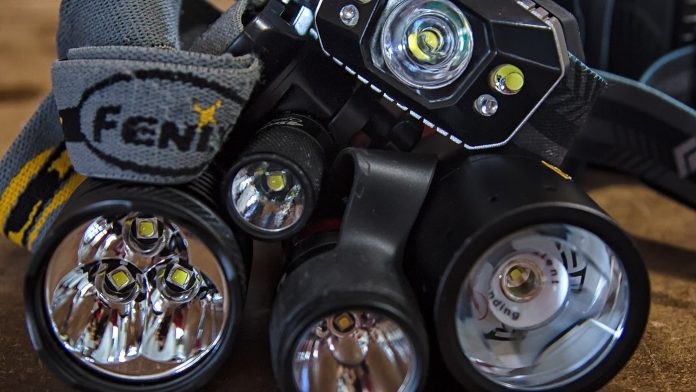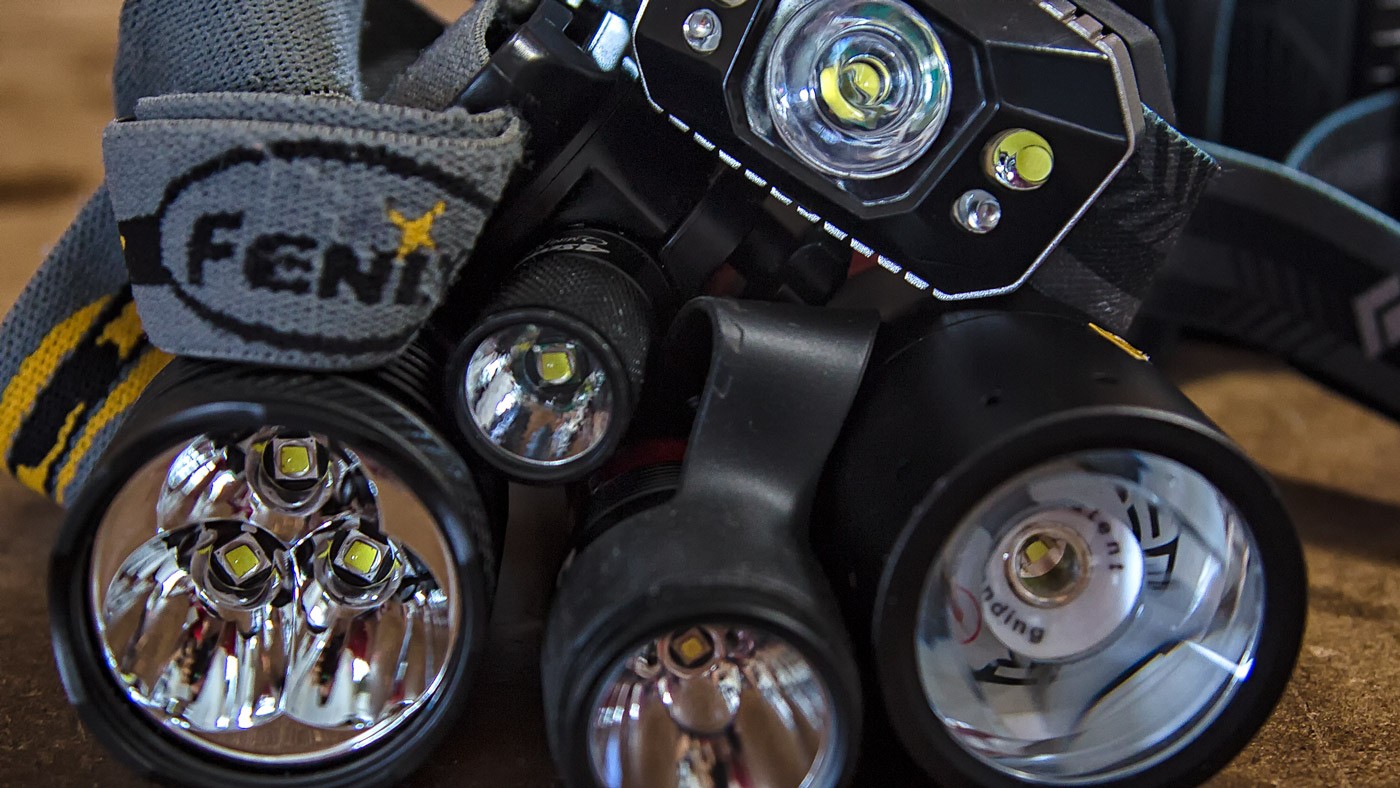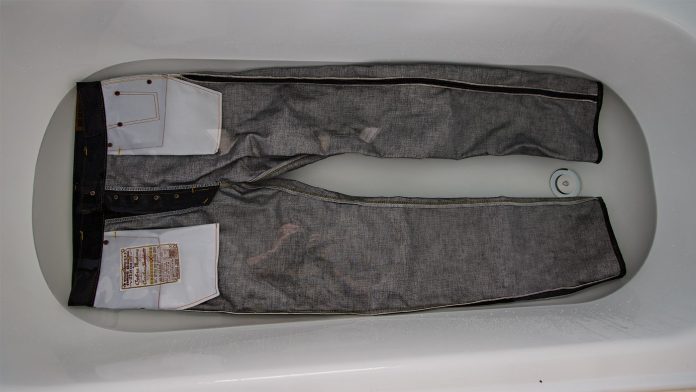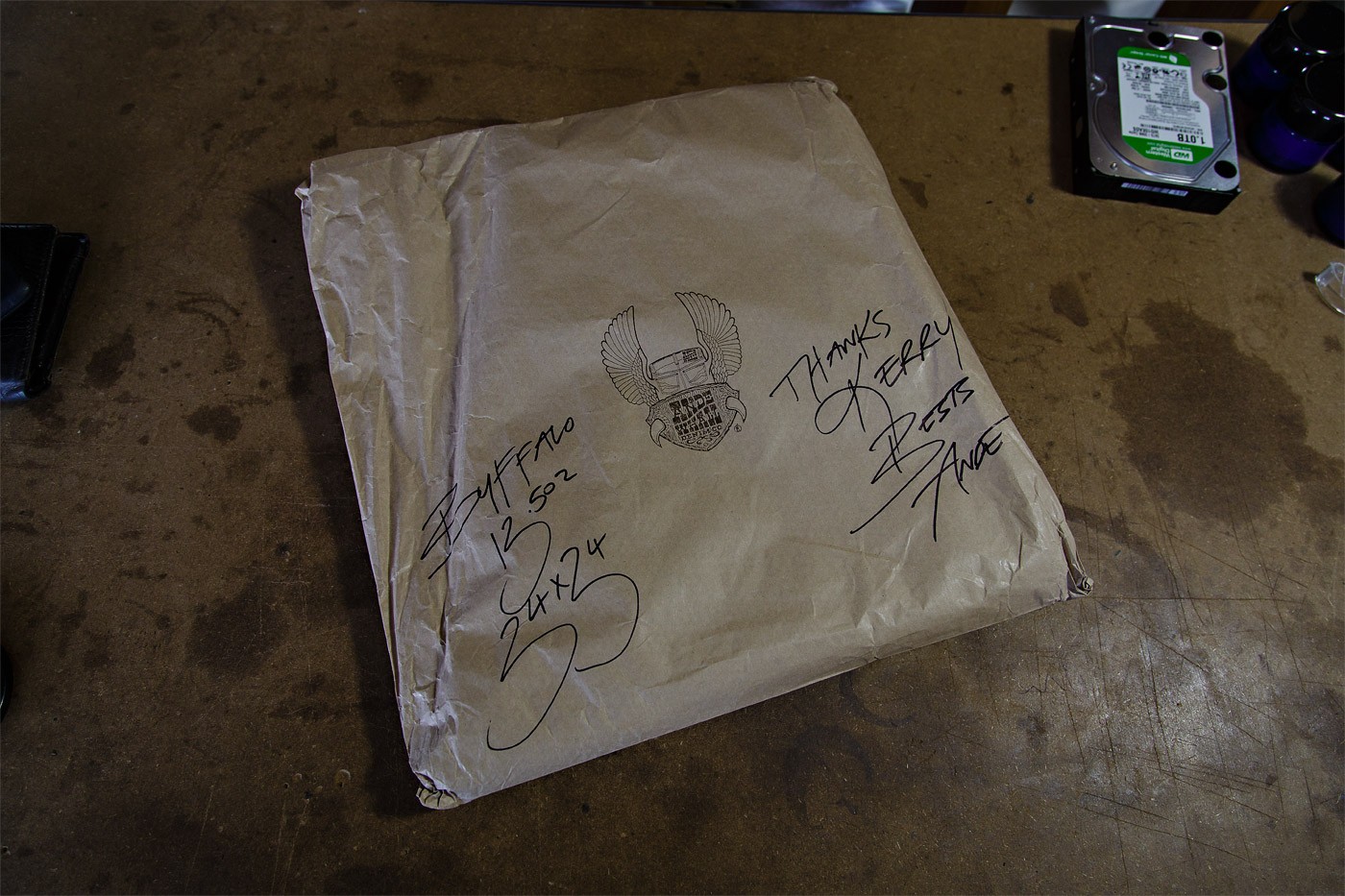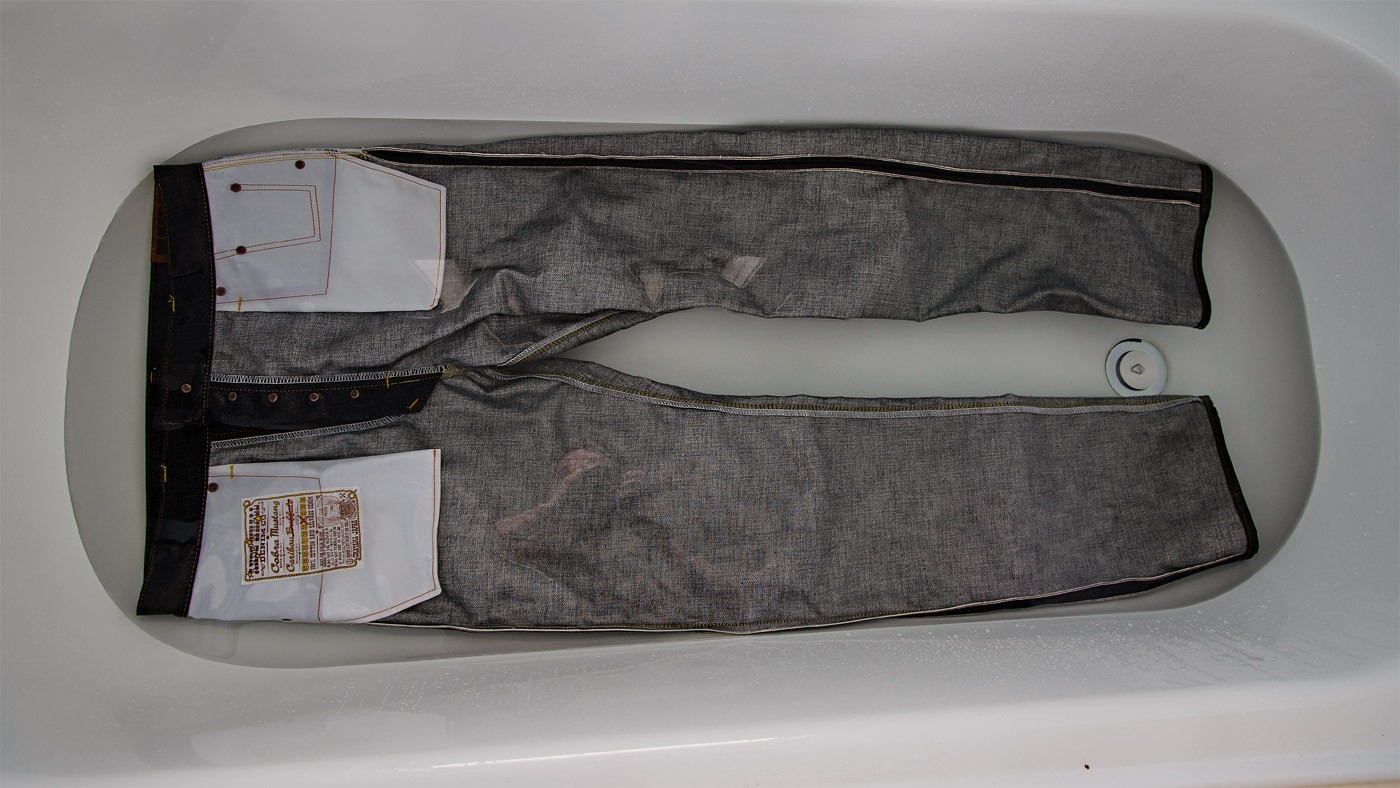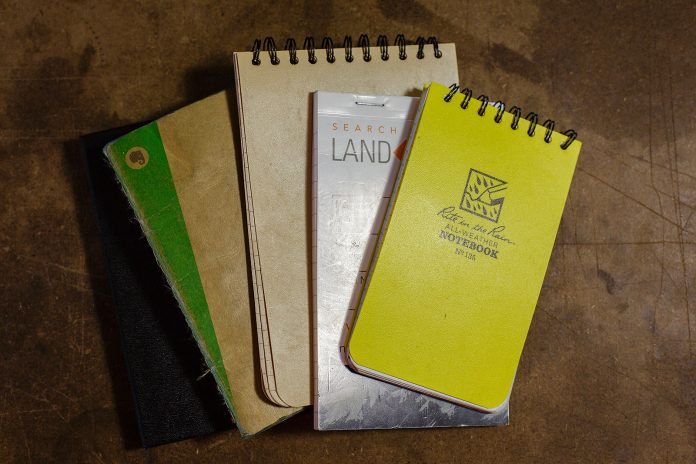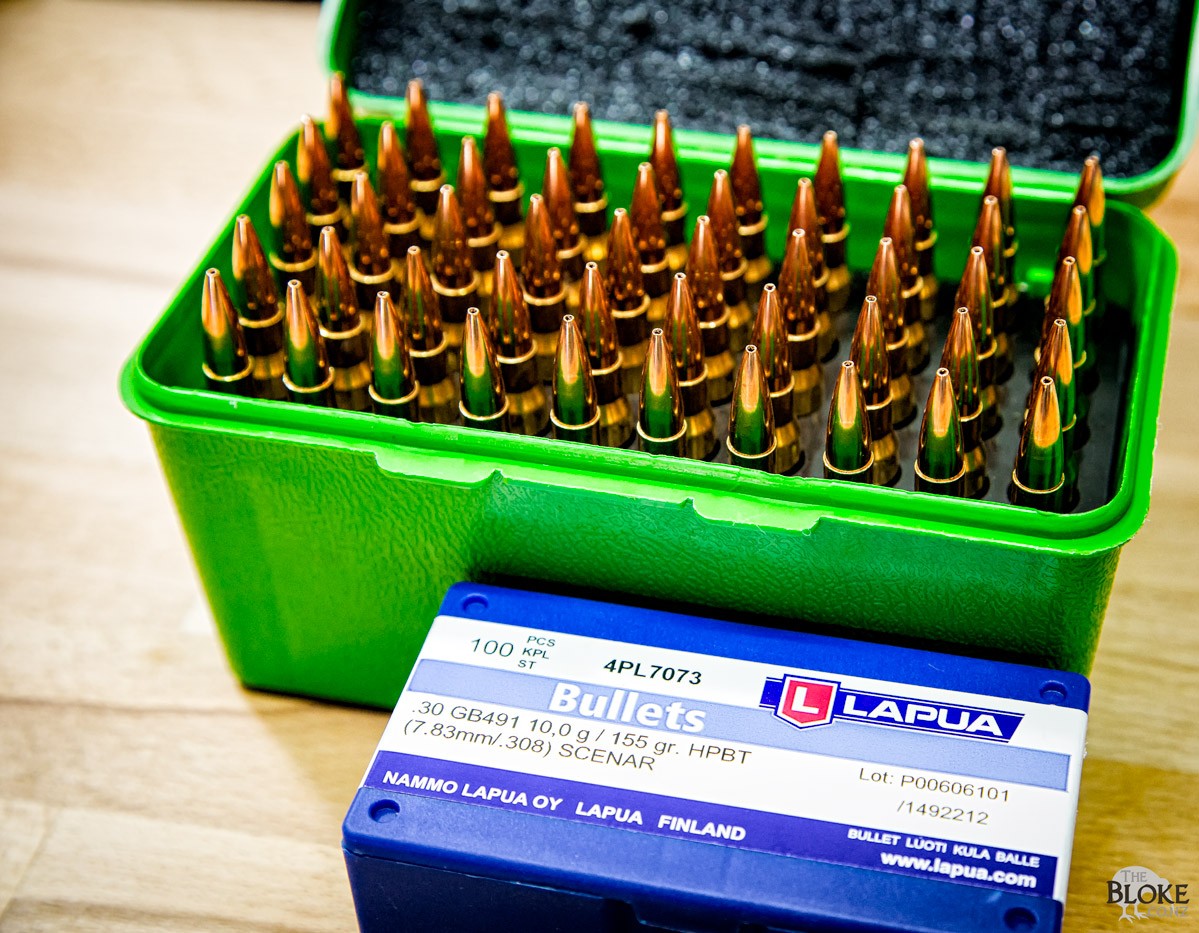
As it turned out…
I ended up with around 100 rounds of 7mm08 and .308 to put down range over the weekend. Got to be happy with that.
It was a combination of load development with the X-Bolt, and sighting in and fireforming with the 700.
I knew I was in it for the long haul, so headed off to the 25 meter to start by sighting in the new Vortex Razor HD 4.5-27 on my 700 build.
“My first concern was fitting the bell of the Vortex under the barriers in the 25-meter range..”
Too much scope for so little range
As it turned out, I had two slight problems bore-sighting the scope – firstly, the 25m meter range at the North Auckland Deerstalkers has a barrier above the firing point – enough to normally fire through – not necessarily with a massive scope mounted high up on the action. I have it down as low it will do anyhow – but the combination meant the top of the scope wouldn’t fit under the barrier and ended up just over the bottom edge. It didn’t really cause any issues as I only needed to see the centre of the target anyhow – the shadow was hardly noticeable.
The second minor issue was parallax adjustment – basically, the scope can’t focus that close. Again, not critical really. After a bit of amusement, I lined up the bore and the optics, put a couple of rounds close enough to centre on the paper and shifted to the 100-meter range.
“I do quite like to idea of being forced to break and rebuild your shooting position repeatedly.”
Cyclic shooting
I should point out – having two firearms at the firing line is not something that is generally encouraged by the club. Unless you have a good reason for doing so, leave the second in the vehicle and bring it out when ready to shoot. In my case, I was OCW testing with the X-Bolt, letting the thin barrel cool in between shoots, and primarily shooting with the 700. I was probably shooting in a ratio of 1 to 5 – with regular breaks to stretch the legs and think about what was happening with my shooting.
I do quite like to idea of being forced to break and rebuilt your shooting position repeatedly. For hunting or practical target shooting – you do not get to sit in the same position for any real length of time – unlike Olympic Shooting you need to build and execute the shoot with a bit of pace. In addition, the repetition allows you to evaluate and correct any issues you might be having.

An issue I have
I am still having a little trouble getting square behind the rifle.
I tend to follow the train of thought that suggests getting square behind the rifle helps mitigate the effects of recoil and lets you stay on target during follow through – my long-term goal being able to see the bullet impact through my own scope.
However, essentially I believe, due to a length of stock that is a bit short for me, I tend to have to crane around the rifle to get comfortable. This puts my left1 shoulder back. I pull the trigger, the shoulder, already in a weakened position, ends up shifting back, and the rifle ends up going up and to the right. The string of fire and where the scope ends up both seem to confirm this.
The obvious solution is to either extend the butt length with an insert, though I am also going to see if I can find a comfortable position on the rifle and see if I can get the scope to fit. One of the easiest feedback mechanisms I can think of is putting the GoPro up and behind me and essentially be able to watch myself get into a shooting position and adjust until I am correctly behind the rifle. Then, and only then, look to adjust the optics to suit the proper position.
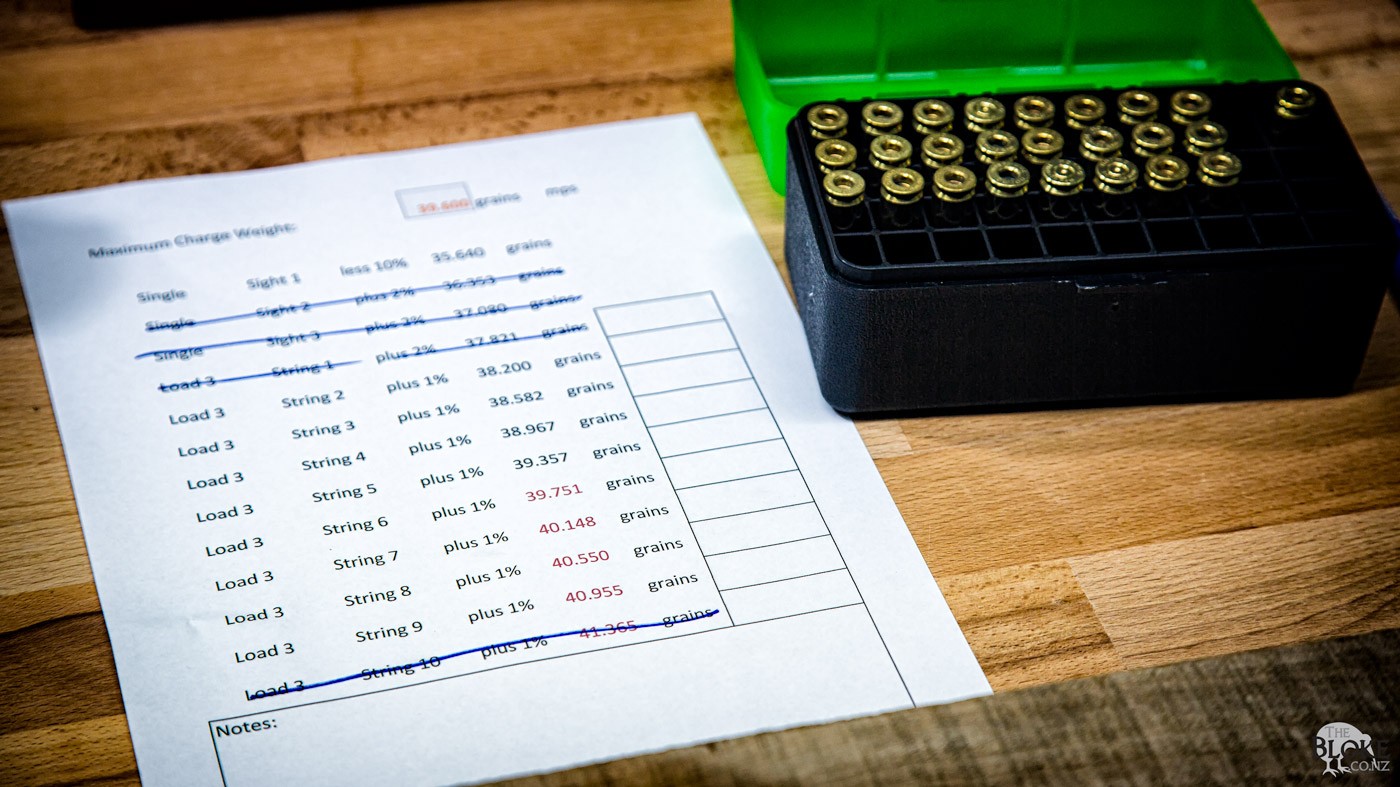
Groupings
On the whole, though, I am very happy with how things are going with the rifles. I can see some good areas to further develop on the 7mm08 and even though I was essentially shooting some ‘out of the book’ fireform loads for the .308, it seems to already be grouping well for something with no load development time put into it.
At the end of the day, I had a decent Sunburn going on, and a pile more time behind the rifle – which is as important as the rifle itself.
I am shooting left handed ↩

